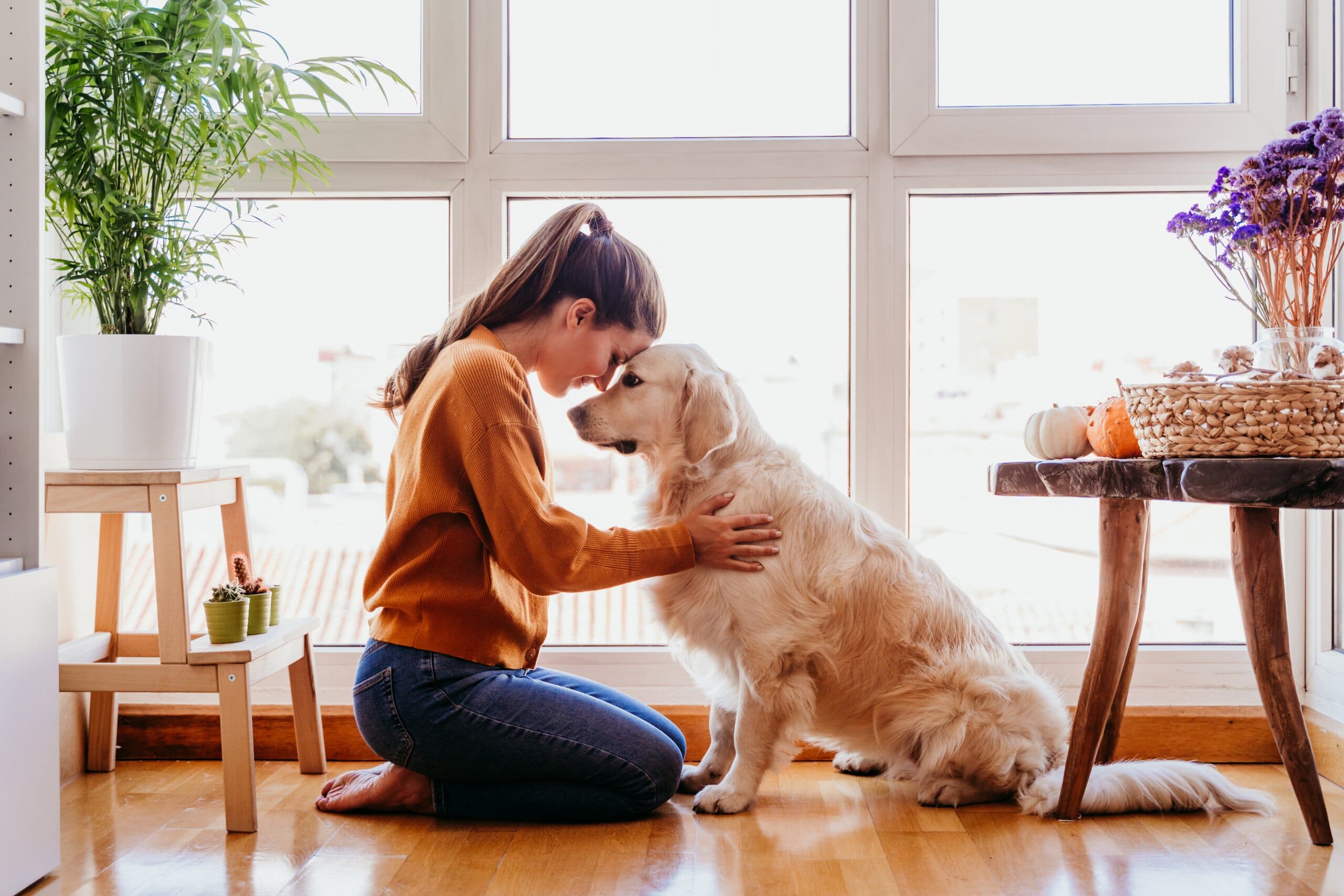We’re a nation of pet lovers with an estimated 41% of UK households owning a pet. There are around 19.2 million households in the UK, so that equates to almost 8 million homes caring for a furry friend.
In the PDSA’s animal welfare report, it’s said that three quarters, (75%) of pet owners under-estimate the costs involved in owning and providing for a pet. And that’s just the costs associated with caring for and housing an animal. Damage to carpets, furniture and possessions inside the home can be expensive. Just how expensive? We found out for you!
MattressNextDay surveyed the British public to find out just how much has been spent on rectifying pet damage.
We spoke to pet owners, veterinarians and insurance providers for a full picture of how to protect and prevent pet damage in your home and more specifically, your bedroom. It can be even more distressing when it happens here as it’s a place you NEED to use every night.
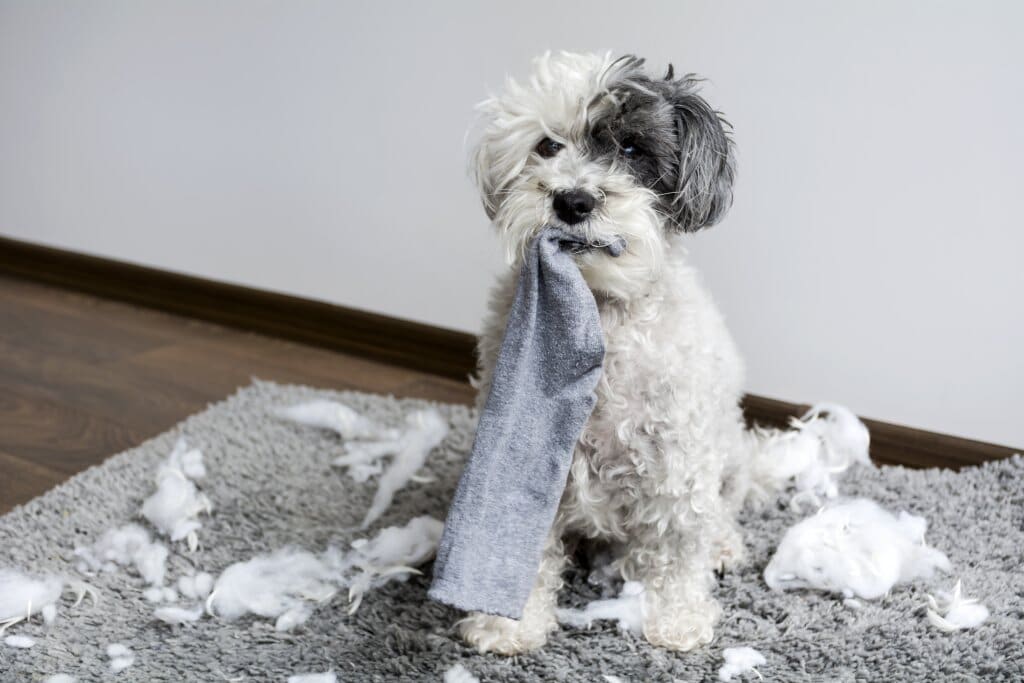
Pet damage costs Brits up to £17.3 billion
When you decide to get a pet, you plan for things like a bed, toys, food bowls, and a collar. You budget for food and vaccinations and you might even get pet insurance in case they fall ill. What people don’t tend to prepare themselves for is the damage that pets can do to your home.
MattressNextDay surveyed UK pet owners who estimated the costs of repairing damage or replacing items to be hundreds of pounds.
80% of pet owners estimated under £250 but 7.5% said they had spent between £800 and £1000 repairing or replacing damaged interiors. With around 51 million pets being owned in the UK, that means pet-loving Brits could be forking out hundreds or thousands for their furry friends, to the tune of up to £17.3 billion in total.
The Cost Of Pet Damage
| Cost | % of Pet Owners | Maximum cost as a % of owned pets in the UK (£) |
| Less than £250 | 80.00% | £10,200,000,000 |
| £251- £400 | 7.00% | £1,428,000,000 |
| £401 - £600 | 3.00% | £918,000,000 |
| £601-£800 | 2.50% | £1,020,000,000 |
| £801-£1000 | 7.50% | £3,825,000,000 |
| Total | £17,391,000,000 |
*Costs are estimated and calculated from survey results as a representation of the UK.
The damage seems inevitable, so how do you prepare your finances for the hit? We spoke to Duncan Sutcliffe from Sutcliffe & Co Insurance Brokers who says “In most cases, damage caused by pets would only be covered if the policyholder asks for ‘accidental damage’ cover to be included. If accidental damage is added then a pet knocking over an antique vase, for example, would be more likely covered than scratching, chewing and fouling which are often specifically excluded.”
70% of British Pet Owners Have Had Property Or Belongings Damaged By Their Pets
In our survey, 70% of pet owners said their pet had caused some sort of damage to their property or belongings, and almost half (47%) cited the living room as being the most common place for destruction. The kitchen was in 2nd place at 30%.
More Than A Quarter Of Pet Owners Say Their Pets Have Caused Destruction In The Bedroom.
The bedroom, possibly the most sacred place in the home, is where more than a quarter (27%) of pet owners say they have had to replace or repair items damaged by their furry friends.
The rooms where most pet damage happens
| Number | Room | % of pet owners |
| 1 | Living Room | 47% |
| 2 | Kitchen | 30% |
| 3 | Bedroom | 27% |
| 4 | None | 18% |
| 5 | Dining Room | 14% |
| 6 | Bathroom | 6% |
| 7 | Hall | 2% |
| 8 | Other | 4% |
*Respondents could pick more than one answer
What’s more, over 1 in 4 (27%) of pet owners claimed more than one room in the house had suffered damage from their pets. Joe Nutkins is a Kennel Club Accredited Dog Trainer and Behaviourist with over 15 years experience. He says that restricting access for pets to additional areas of your home is a positive move. “Dogs, Cats, Birds, Reptiles etc don’t need lots of space when they are resting or sleeping. Giving pets too much access can actually become stressful for them as it provides too big a space for them to oversee and feel safe in. Shutting doors, using baby gates and stair gates can help pets know they only have one or two rooms to think about and this can help them relax more. It can also help you keep an eye on new puppies who can wander off for something to chew on or adult dogs new to the home who might need help with toilet training or getting into a routine.”
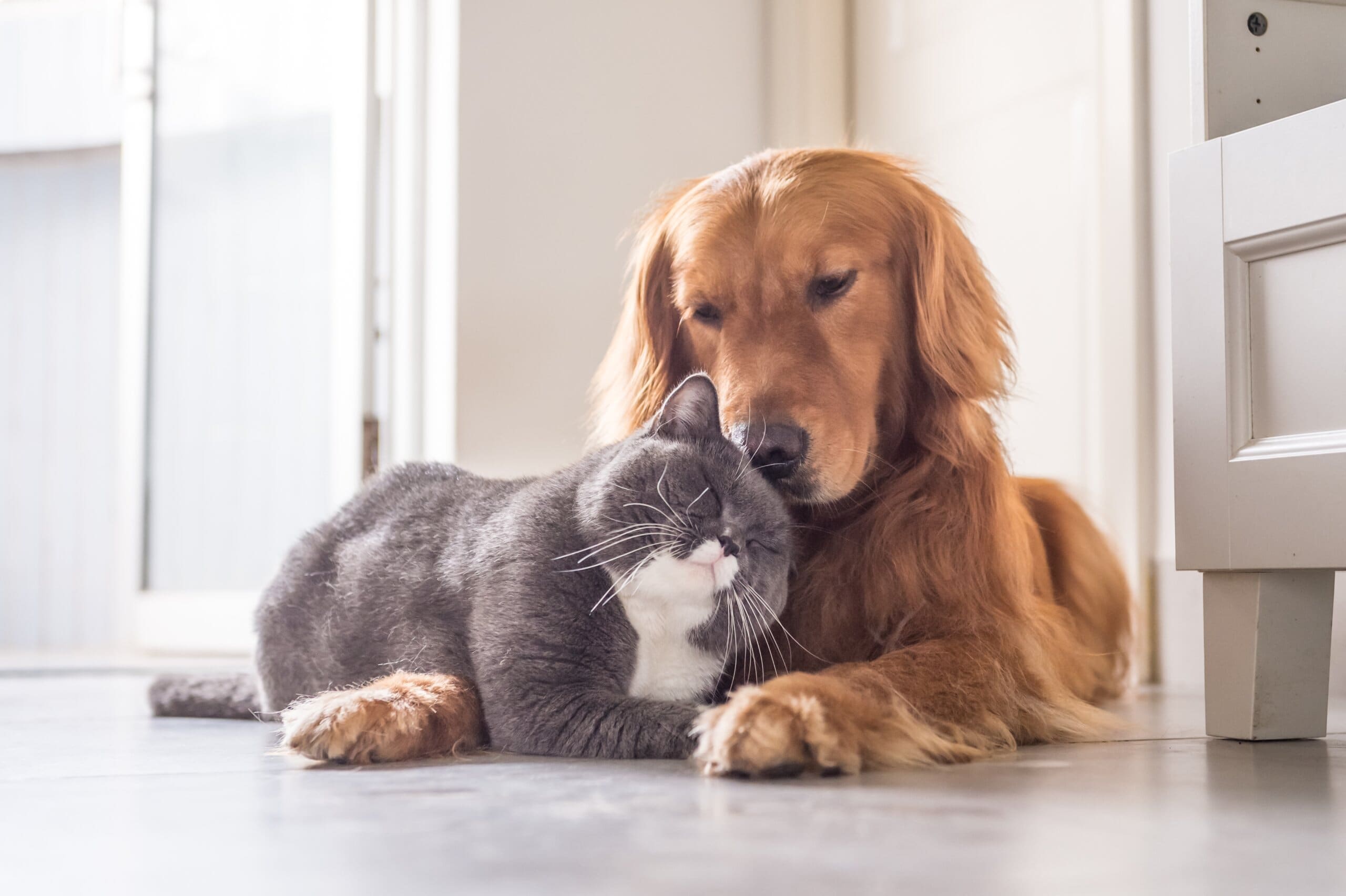
Defecating or urinating indoors is the most common pet damage in the UK
It seems that pets having “an accident” indoors is the number one cause of pet damage in the UK with just over half, (53%) of pet owners citing this as a cause of having to repair or replace furniture, carpets, flooring or other property.
Bringing dirt into the home fell in second place at 38% which can be a huge problem during the winter months when paws pick up mud, grass, leaves and other outdoor debris.
Cleaning your dog’s paws after a walk should be part of your daily routine, not only for your sake but for theirs too. Parasites like to hide between toes or the fur could also be hiding wounds, thorns or other small objects that could cause infection. There are numerous products available to help the cleaning process, from wipes to cleaning tablets, specially formulated disinfectant sprays and cleaning mitts. However, a soft towel and soap and water are sometimes the best, easiest and most budget-friendly option.
Destructive Dogs: Man’s Best Friend Costs Brits £3.4 Billion
60% of our survey respondents were dog owners and of those, 10% said they had spent between £600 and £1000 repairing or replacing some part of their home because of damage done by their pet. We calculated the cost from all of our pet owners with dogs and converted it to a representation of the total dog-owning population. There are 12 million owned dogs in the UK. We found that the total spend on repairing the damage could reach a staggering £3.5 billion.
Pets typically don’t go out of their way to cause damage but usually, when we see destructive behaviours it’s a manifestation of something else happening such as anxiety, attention-seeking, play, frustration or it can even be caused by pain and discomfort which often appears as ‘bad behaviour’!
Cats Costing Cash: The Feline Friends Tearing Up Your Home And Costing You Billions
45% of our respondents were cat owners (that’s less than dogs), so you might be forgiven for thinking that cats are costing Brits less. But 11% of those we surveyed said that cat damage had cost them between £801-£1,000. The total spend across Brits came to £3.8 billion, meaning that in this particular cats vs dogs battle, cats won paws down!
How To Prevent Pet Damage In Your Home
1. Exercise
Just like humans, animals can get bored and need physical activity. Regular exercise is important for health and stimulation. Many dog breeds also have been selected over time for specific purposes. This means they have innate desires to perform certain tasks or behaviours. Rachel Rodgers, owner and head trainer for Nose To Trail Pet Services, says, “When dogs don't have an appropriate outlet for this innate desire, it can lead to ‘problem’ behaviours that can cause damage in the home. For some dogs, this may be digging which can manifest as ripping up soft furnishings like pillows, quilts and mattresses.” To prevent this, Rachel advises giving them an outlet for this behaviour by creating a ‘destruction box.’ Using an old cardboard box or cardboard packaging is safe and a lot cheaper for them to rip up and destroy than your furniture.
Credit: Joe Nutkins
Veteran dog walker Rae Martin also advises checking a dog’s walking time by breed. “No matter what, rain or shine, if you are exhausted or wide awake, a dog needs exercise and some need an awful lot!” Remember too, says Rae, that “if the dynamics of the family alter, such as a new baby or you've been made redundant so you've been home more, this can affect a dog's behaviour. They thrive on routine.”
2. Professional Training
It can be challenging to properly identify why your pet is damaging their environment, which is why getting in touch with a properly qualified professional is so important. Training your puppy can help establish boundaries too and the sooner these are established the better. The longer a problem continues, the harder it becomes to correct. Professional training helps to alleviate stress, avoid conflict and improve behaviour, which in turn will make your four-legged friend happier, obedient, safe and less aggressive.
3. Anti-Chew Spray
Anti chew sprays discourage your pets from chewing on carpets, curtains and furniture. It has a naturally unpleasant taste.
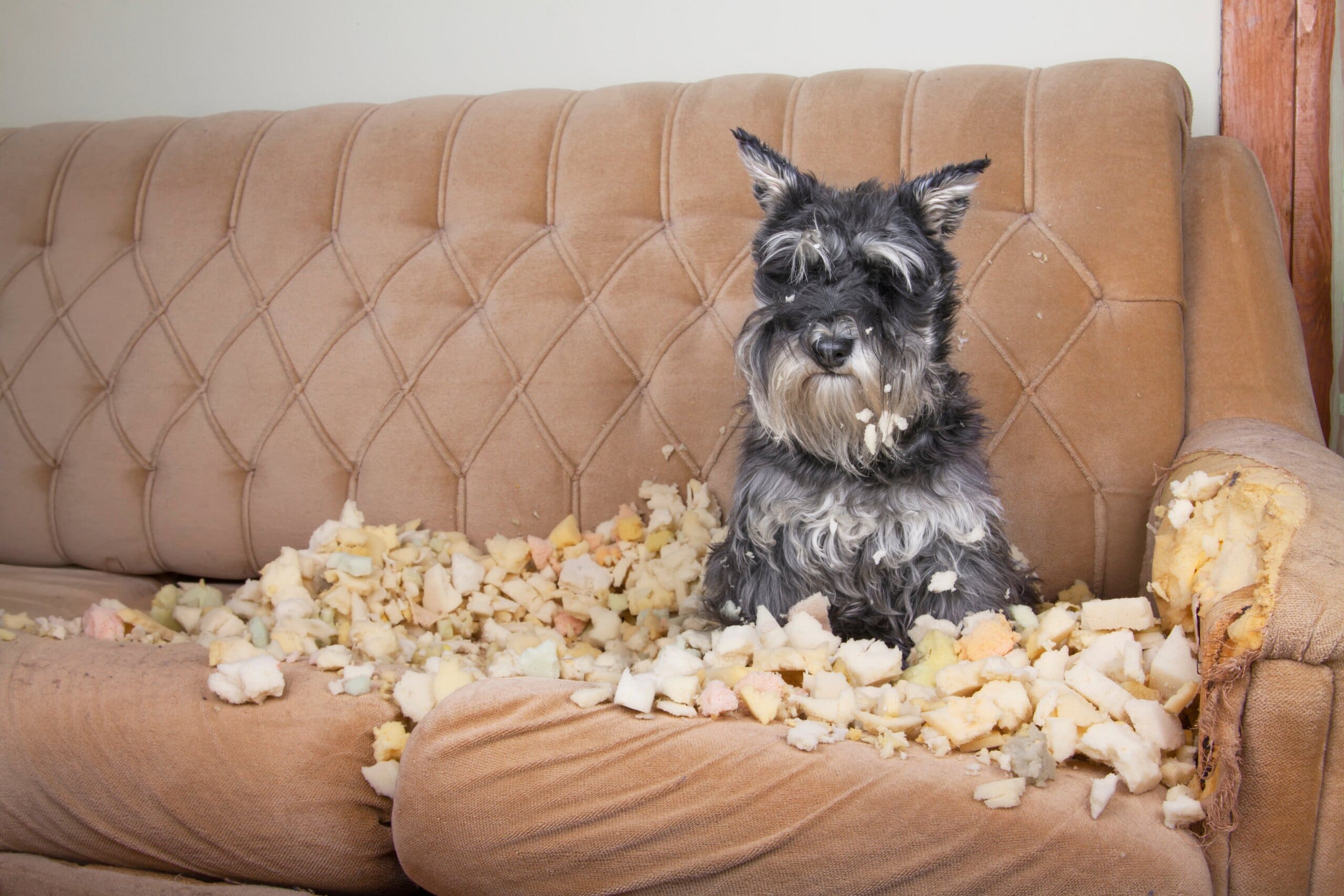
4. Create a Safe Space
Create a nice cosy safe space for your pet. Crates are a quick way to do this but you can also convert furniture or even purchase furniture with spaces ready-made for dog beds, cat baskets etc. Having a little den gives pets a place to get settled, feel safe if they are nervous or new to the family and have somewhere they are not being disturbed by other pets or family members!
5. Consider What Your Pet Can Reach
Items on bedside tables and coffee tables might be out of reach for a puppy, kitten, chicken or small pet but things can be knocked off by mistake and pets can learn to jump! Nail scissors, tweezers, glasses of water by the bed, jewellery and medication can be easily discovered and so many pet animals use their mouth to investigate or play so items they find may well get eaten. Especially if those items have our scent on too. Put loose items away in drawers, and tuck cables and phone chargers away under furniture or into special sleeves to prevent being chewed or caught on claws.
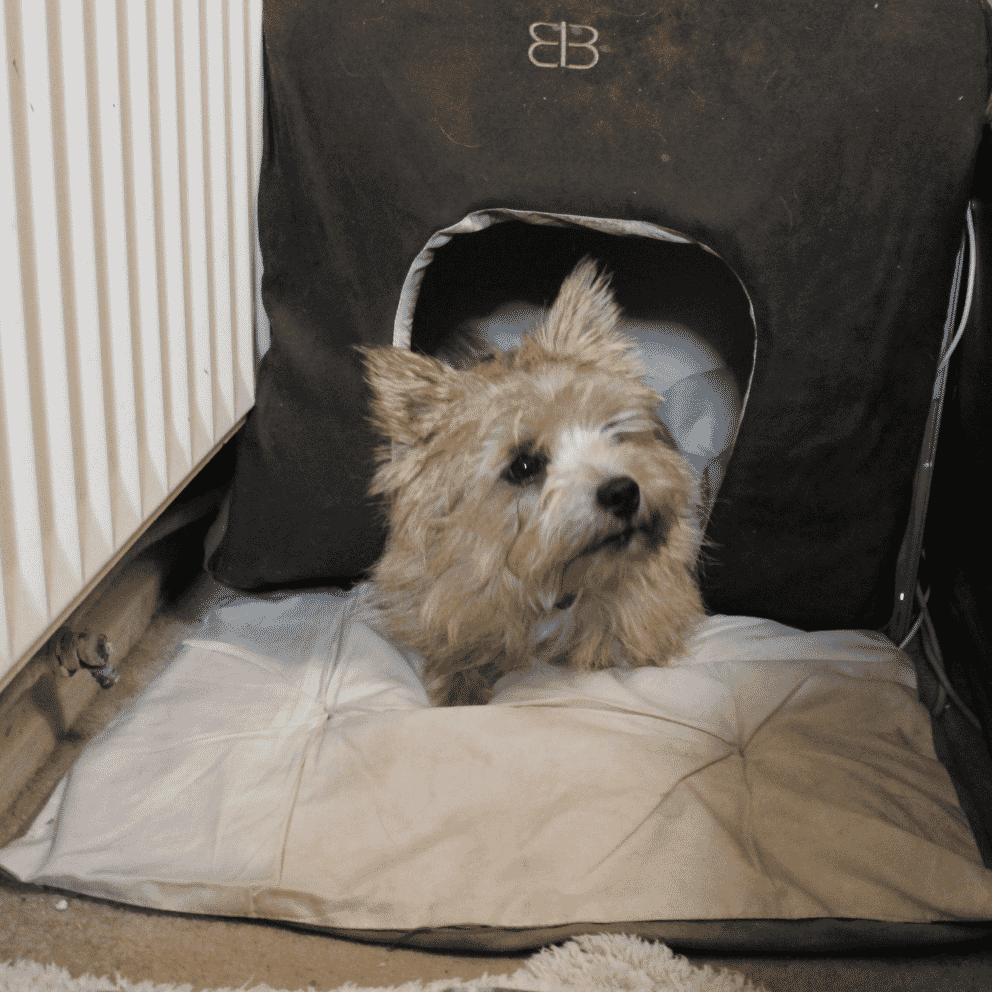
6. Ditch The Scented Candles But Encourage A Relaxing Environment
Lauren Rosenberg is an anxiety, fear and phobia expert and stresses that just like humans, our pets have feelings too. She says, “signs they are nervous or anxious need attention. Try wrapping your dog in a soft, cosy blanket, talk to them in a gentle voice and use pressure points such as Reiki, a very effective method of calming nervous dogs.” But she also warns to stay away from essential oils as they can be dangerous for dogs. Be careful with reed diffusers, scented candles and wax melts. Make sure that any scented candles are pet friendly and placed high up where your pet can’t reach them or knock them over.
7. Assess Damage Prone Areas
Assessing your home for areas that may be prone to damage will allow you to find alternatives for certain items or make sure that they are protected. Dr Heather Venkat, DVM, MPH, DACVPM is a Companion Animal Veterinarian for VIP Puppies and she recommends placing low-cost rugs on hardwood floors or over certain areas of carpet, to help prevent damage. Keeping nails trimmed and short can also keep flooring intact and prevent scratches. She also adds, “if your pet likes to look out the window, invest in sturdy window blinds. Otherwise, a pet may paw at or break more flimsy plastic blinds or shades. You can also raise the blinds during the day so that your pet doesn’t damage them when trying to get a good outside view.”
8. Keep Your Bedroom Pet Friendly
If you allow pets into your bedroom, you’ll need to keep it a safe place that deters disruptive behaviour. Cats, in particular, may find the corners of beds wonderful to scratch. Cat sitter Anna Wan advises placing a scratching post or scratching area in the room, near to any places you have noticed they particularly like to scratch. She also says “keep your bedroom door open, so they can get to you if they want to, but also feel comfortable staying where they are knowing they have that option if they want it. And provide them with a place to sleep outside of your room which is their own.” Remember, at the end of the day, it’s your bedroom, not theirs.
9. Make Your Pet Work For Their Food
According to Veterinary Surgeon Dr Alex Avery, one of the best ways to keep a pet entertained for hours is to make them work for their food. This means providing them with some form of slow-feeder or food puzzle that forces them to put in the time to get their "reward". Having several different types (and they can be home-made) allows you to keep your pet guessing, and makes sure they don't lose interest or work out how to get their food too quickly.
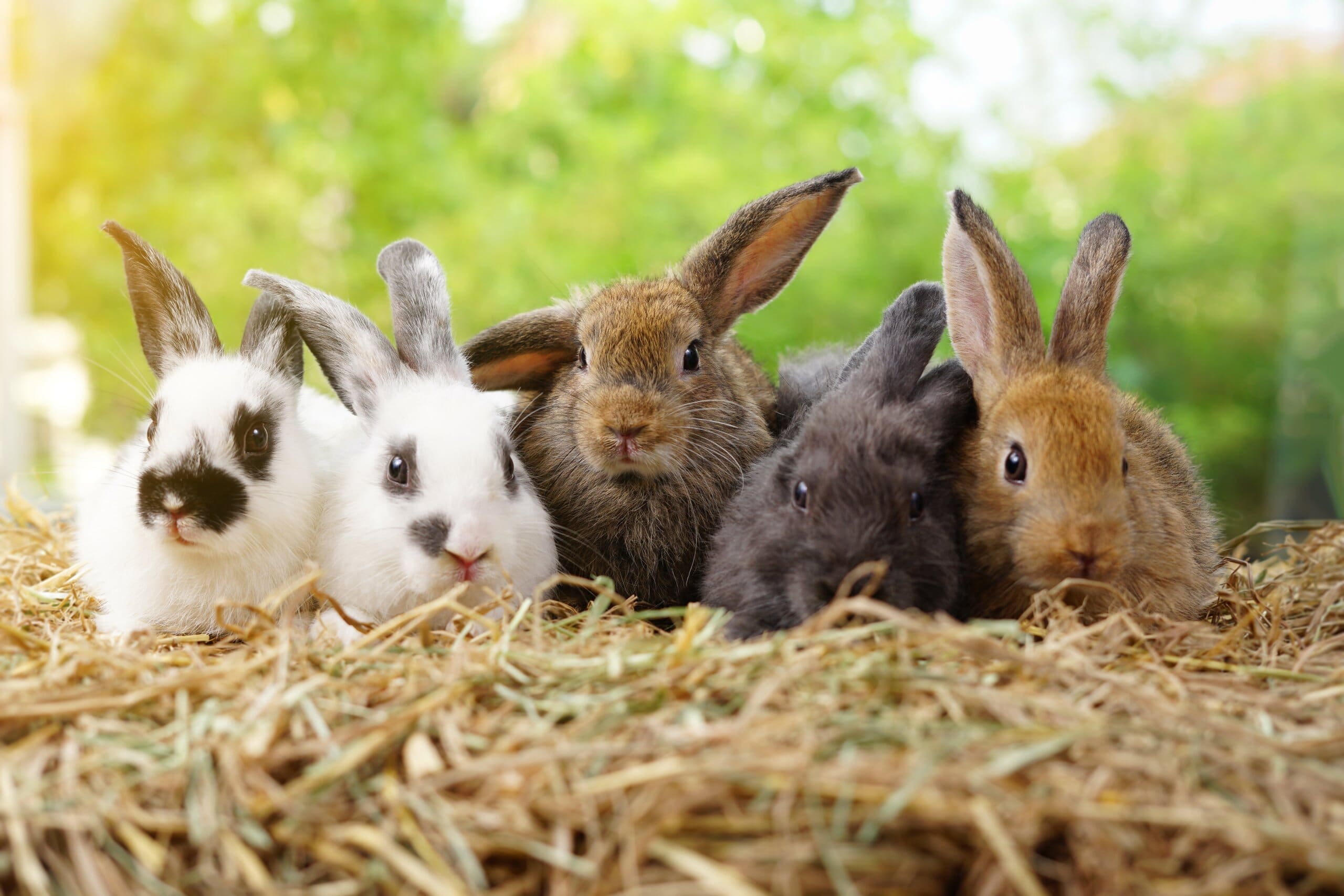
10. Make Sure Your Pet Has Health Checkup At The Vets
One reason for pets being destructive can be that they are in pain or discomfort. They may try to alleviate this through various methods. Dogs especially can be more vocal when in pain and lots of pets can become defensive and ‘snappy’ to try and protect the area of discomfort. Sometimes digging actions, chewing or even toileting indoors can appear like our pets are ‘doing it out of spite’ or ‘are being stubborn’ but can be caused by discomfort or illness. Digging can take pressure off areas of the body, chewing can help with teething and toileting indoors may be caused by stress or something like a UTI which needs help from your vet. So make sure your pet has regular health checks to rule out any possible physical illness.
Take a look at our Snooze News section for more tips, including how to set up a puppy sleep schedule and learn why dogs sleep so much.
